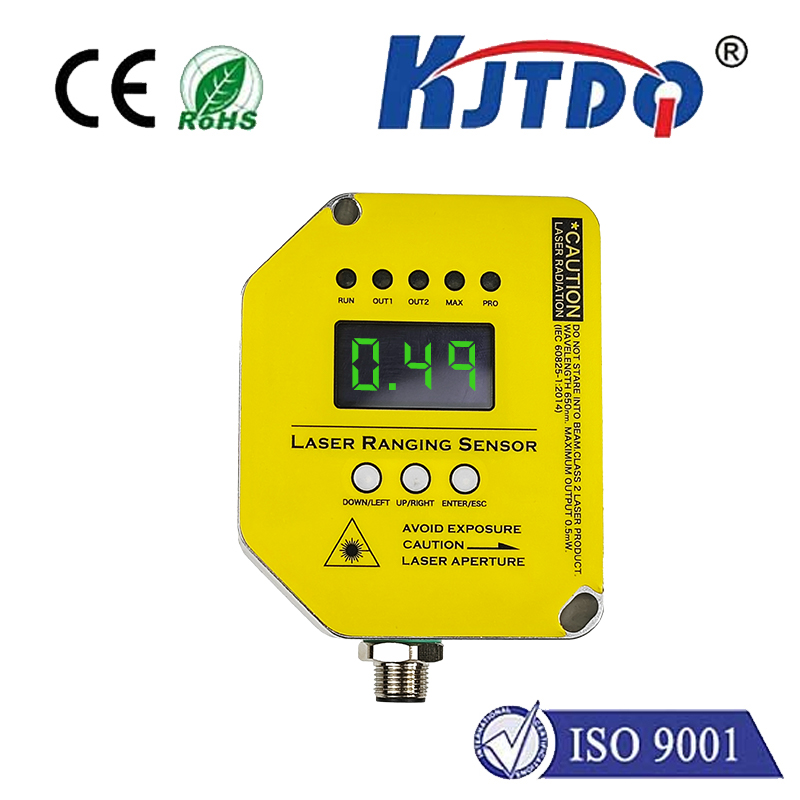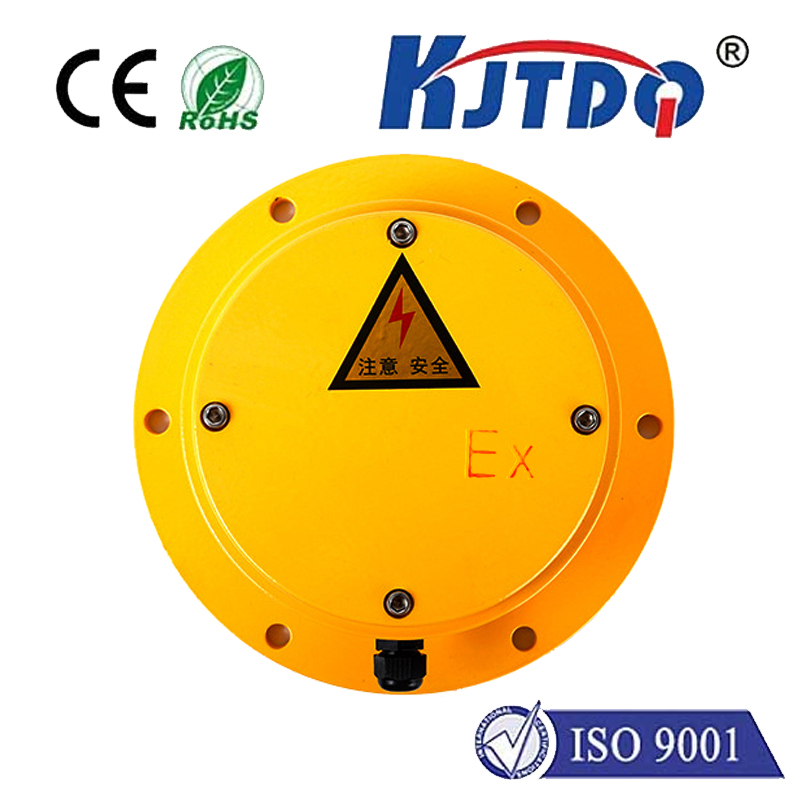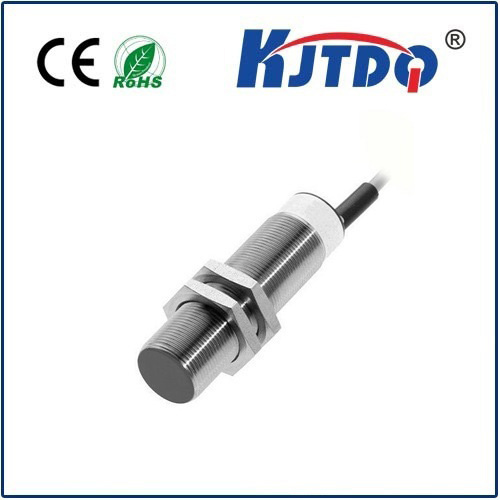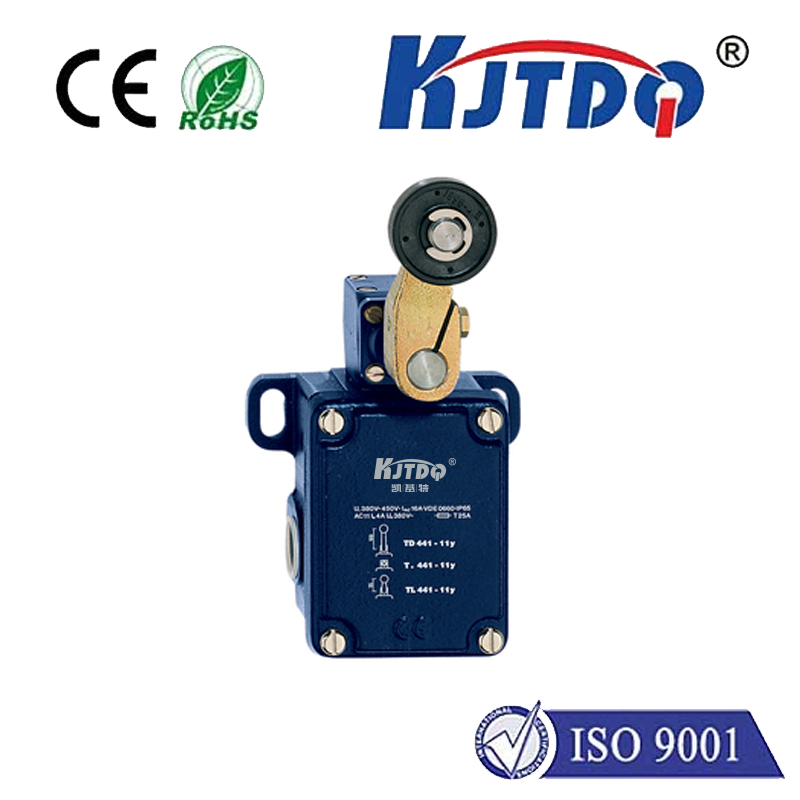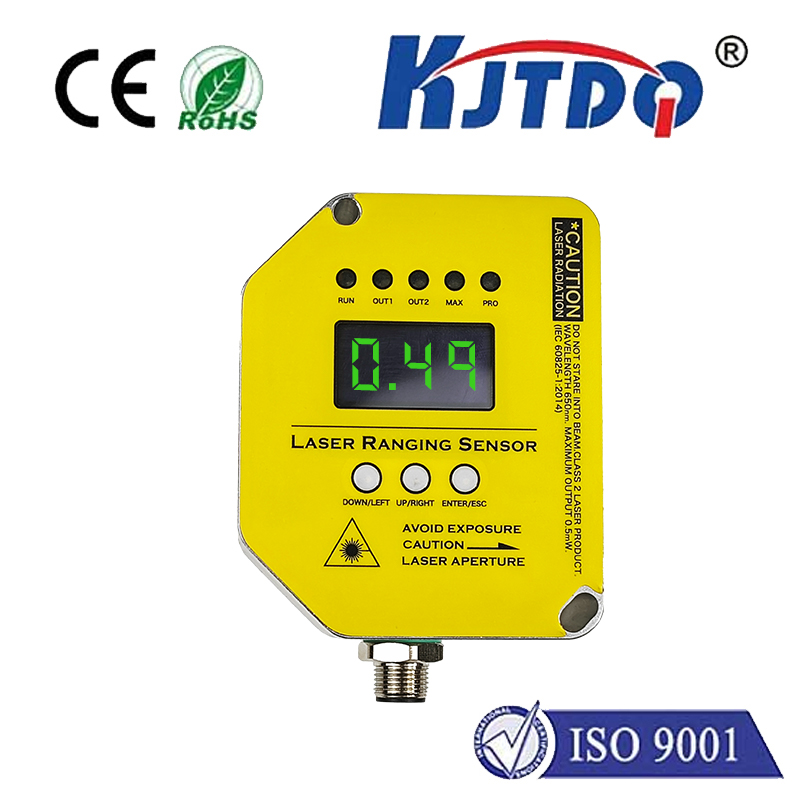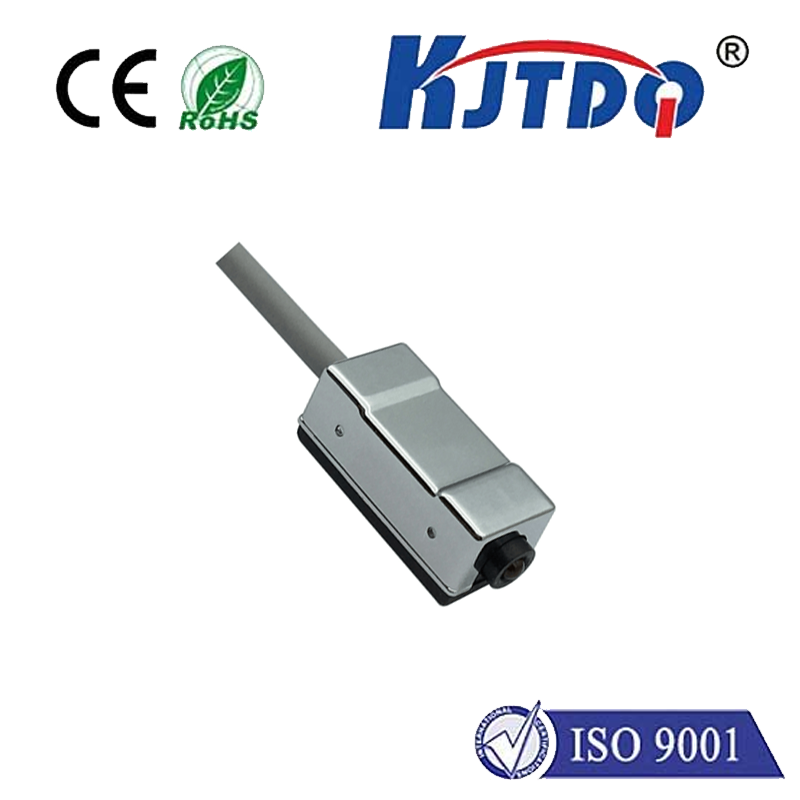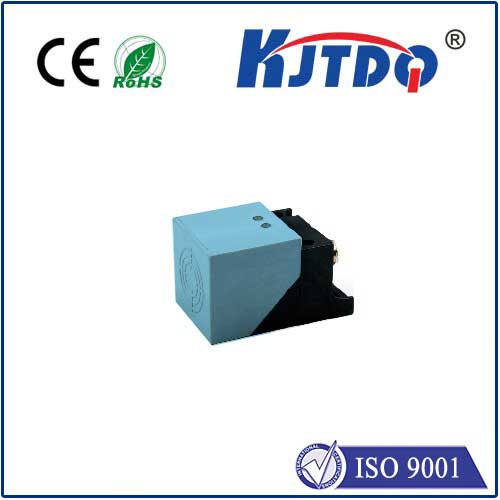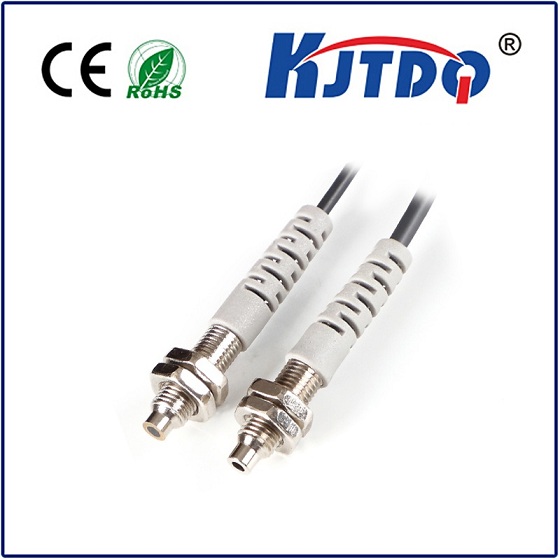Exploring the Versatility of VL53L0X and GY-530: A Comprehensive Guide In the world of sensors and distance measurement, the VL53L0X and GY-530 have emerged as game-changers. These compact yet powerful devices are revolutionizing industries ranging from robotics to consumer electronics. But what makes them so special? Why are they increasingly becoming the go-to choices for developers and engineers? This article dives deep into the features, applications, and advantages of the VL53L0X and GY-530, shedding light on why they are essential tools in modern technology.
The VL53L0X is a state-of-the-art time-of-flight (ToF) laser-ranging sensor developed by STMicroelectronics. It measures distances up to 2 meters with millimeter-level accuracy, making it ideal for precision applications. On the other hand, the GY-530 is a breakout board that integrates the VL53L0X sensor, providing an easy-to-use interface for hobbyists and professionals alike. Together, they form a powerful duo for distance sensing and object detection.
The VL53L0X stands out due to its innovative technology and compact design. Here are some of its standout features:
High Accuracy: With a ranging accuracy of ±3%, the VL53L0X delivers reliable measurements even in challenging environments.
Fast Response Time: It can perform measurements in as little as 30 milliseconds, making it suitable for real-time applications.
Compact Size: Measuring just 4.9 x 2.5 x 1.56 mm, it can be integrated into small devices without compromising performance.
Низкое энергопотребление: The sensor operates at a low voltage, making it energy-efficient for battery-powered applications.
The GY-530 simplifies the process of using the VL53L0X sensor. It comes with pre-soldered headers and a standardized pinout, making it compatible with popular development platforms like Arduino and Raspberry Pi. Additionally, the GY-530 includes essential components such as voltage regulators and pull-up resistors, ensuring seamless integration into your projects.
The versatility of these devices makes them suitable for a wide range of applications:

Робототехника: Robots can use the VL53L0X for obstacle detection and navigation, enabling them to move autonomously in complex environments.
Потребительская электроника: Smartphones, tablets, and laptops can incorporate the sensor for features like gesture recognition and proximity sensing.
Промышленная автоматизация: The sensor can be used for precise object detection in manufacturing and logistics, improving efficiency and reducing errors.
Drones: Drones equipped with the VL53L0X can maintain safe distances from obstacles, enhancing flight stability and safety.
Доступность: The GY-530 breakout board eliminates the need for complex wiring, allowing users to focus on their projects.
Эффективно с точки зрения затрат: Despite their advanced features, both the VL53L0X and GY-530 are affordable, making them accessible to a wide audience.
Scalability: These devices can be used in both small-scale prototypes and large-scale industrial applications, offering flexibility for various use cases.
If you’re eager to experiment with these sensors, here’s a quick guide to get you started:
Connect the GY-530: Use jumper wires to connect the GY-530 to your microcontroller (e.g., Arduino or Raspberry Pi).
Install Libraries: Download and install the necessary libraries for your development platform.
Write Code: Write a simple script to read distance measurements from the sensor.
Test and Iterate: Test your setup and refine your code to suit your specific requirements.
To get the most out of your VL53L0X and GY-530, consider the following tips:
Minimize Interference: Keep the sensor away from reflective surfaces and bright light sources to ensure accurate readings.
Calibrate Regularly: Periodically calibrate the sensor to maintain its accuracy over time.
Use Proper Power Supply: Ensure that the sensor receives a stable power supply to avoid erratic behavior.
As technology continues to evolve, the demand for precise and reliable sensors like the VL53L0X and GY-530 is expected to grow. Their ability to deliver high performance in a compact form factor makes them indispensable for the next generation of smart devices and automation systems. Whether you’re a hobbyist or a professional, these sensors offer endless possibilities for innovation and creativity.
